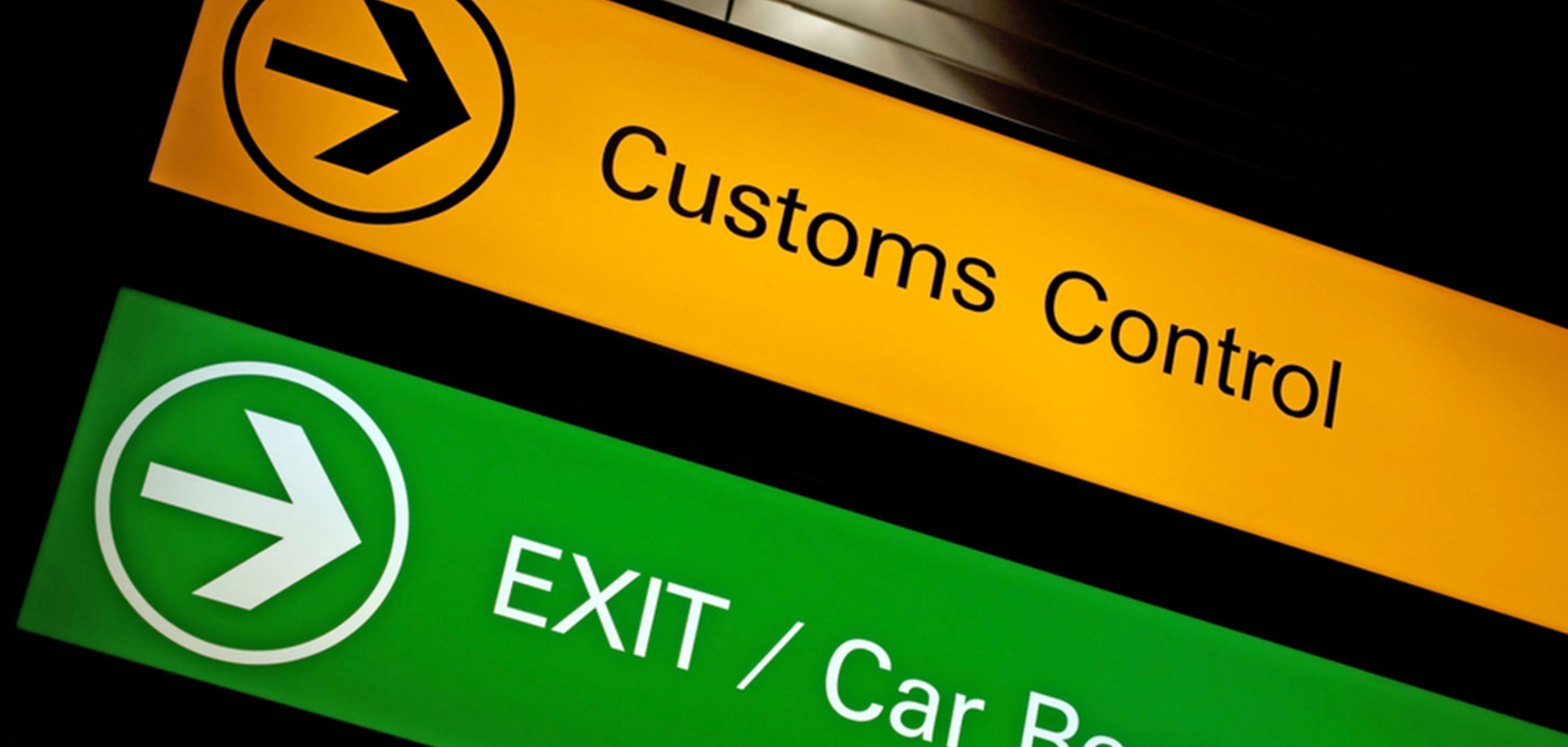This week Theresa May, who rumour has it is the Prime Minister, split her cabinet into two teams. I imagine she had seen Alan Sugar doing his thing on ‘The Apprentice’ and figured it was as likely to work as anything else.
The task this week? To analyse over the course of 2 days (whilst juggling all their other responsibilities), the pros and cons of two different customs models. To do so Mrs May decided to mix the teams up a bit, after all the two established teams of Remainers and Brexiteers had not been getting very far. According to Downing Street, the arranged the members of the two working groups are based on their ministerial portfolios and expertise; not on the usual Remainer/Brexiteer fault lines.
The Foreign Secretary and the Chancellor were told to sit out this week’s task, barred from joining in the fun as they were deemed too pro-Leave or too pro-Remain to be able objectively to analyse the options. Perhaps Mrs May hasn’t read the former Mayor of Remain-er London’s newspaper articles. Meanwhile Mr Gove, Mr Fox and Mr Clark were presumably deemed too have no strong views. Rumours that Foreign Secretary may resign were greeted with yawns all round.
The models they have been looking at are the ‘softer’ option of the ‘customs partnership.’ This would see UK officials collecting tariffs on behalf of the EU for any goods coming to the UK that were subsequently destined for any other EU member state. Businesses would then claim back any tariff rebates from the Government if the goods stayed in the UK, and this should allow the free flow of goods from the UK to the rest of the EU and across the Irish border without further tariffs or rules of origin checks. So quite a lot like a thing we already have called the Custom Union just an awful lot more bureaucratic.
The other ‘hard’ option favoured by the Brexiteers is ‘maximum facilitation’, in which new technology and ‘trusted trader’ schemes would allegedly minimise the need for checks on goods at the border between the UK and Ireland. So quite like a border then, just with a touching faith in the magic of IT. Meanwhile it’s fair to say that the Channel ports are receiving nothing like the same attention even though they represent a much greater logistical problem than the border in Ireland. That’s simply because there is no party of religious fundamentalists able to hold the government to ransom from their power base in Kent and Suffolk.
Both of the customs options are untested, and both options would be, even by the Government’s own admission, ‘challenging’ to implement and monitor. Indeed, the EU negotiators have called both options ‘magical thinking.’
Mrs May re-convened the two working groups on Tuesday to try and come to conclusion on which customs model to use. After a 90 minute meeting, no conclusion was reached, as there had not been enough time to adequately analyse each option.
Funny that.
Mrs May and co are now seeking legal advice on the two options.
Despite this exercise in holding hands and humming in an attempt to reconcile the irreconcilable, it is clear that Mrs May would prefer the ‘customs partnership’ This is the option most likely to placate Arlene Foster and the fundamentalist DUP, who would never accept different rules for Northern Ireland and the rest of the UK (well, at least not on this), as Mrs May depends of them to prop up her fragile government.
However, the MPs from the hard Brexit Tory European Research Group, headed up by the intellectual giant that is Jacob Rees-Mogg and otherwise quite cosy with the DUP, have this week written to Mrs May warning that the customs partnership proposal is ‘unworkable’ and could cause the ‘collapse’ of the Government.
If neither of these models are agreed on, there’s always the ‘backstop’ option.
Signed off by ministers on Thursday, this proposal would seek for the UK to match EU tariffs after 2020. Not an entirely silly suggestion but it does beg the question of why the UK is seeking to leave at all. Also it fails to deliver what Mrs May needs most, her riven Cabinet to come to an agreement on a negotiating position on which to talk seriously to the EU27 negotiators.
We could all be forgiven for concluding that, far from providing badly needed clarity, all this is merely stirring the bottom of an already muddy pond. Right at the outset after the June 2016 referendum, Mrs May was warned by an experienced and knowledgable official that triggering Article 50 before the Government had developed its negotiating position would be a mistake. The official in question was removed while the Prime Minister listened instead to her dynamic duo of Fiona and Tim. As with so many other things Batgirl and the Bearded Wonder proved to be entirely and utterly wrong. Two years down the line and four months (the EU it’s shut in August) from the effective end of the practical period for negotiations the official in question has been proved right.
Throughout the process has been the political requirement of Mrs May in holding together the Conservative Party rather than. By the practical of economic needs of the country. The problem is that in the modern Conservative Party the ideological divide over Europe long since became a defining issue - selection, promotion and preferment - the things that many politicians care about above all else - have all been determined or at least tinged by how one may straddle the great divide. In this respect Mrs May’s tenure more resembles that of Harold Wilson than any other modern premier - it’s all about muddling through when decisive leadership is the order of the day.
Nonetheless, Wednesday saw the announcement from Mrs May that the Government are now to publish a Brexit White Paper, which would set out the priorities of Britain’s future relationship with the EU. This is allegedly going to be a ‘detailed, ambitious and precise’ explanation of what the Government hopes the final deal is to deliver, and is expected to contain a plan for a customs relationship that will avoid re-establishing a hard Irish border, the UK’s future security relationship with the EU, the financial services sector, aviation and fisheries. In other words all the stuff that should have been ironed out before Article 50 was triggered.
We’ll wait and see how ‘detailed’ and ‘precise’ this explanation turns out to be. But it ain’t looking too good.



